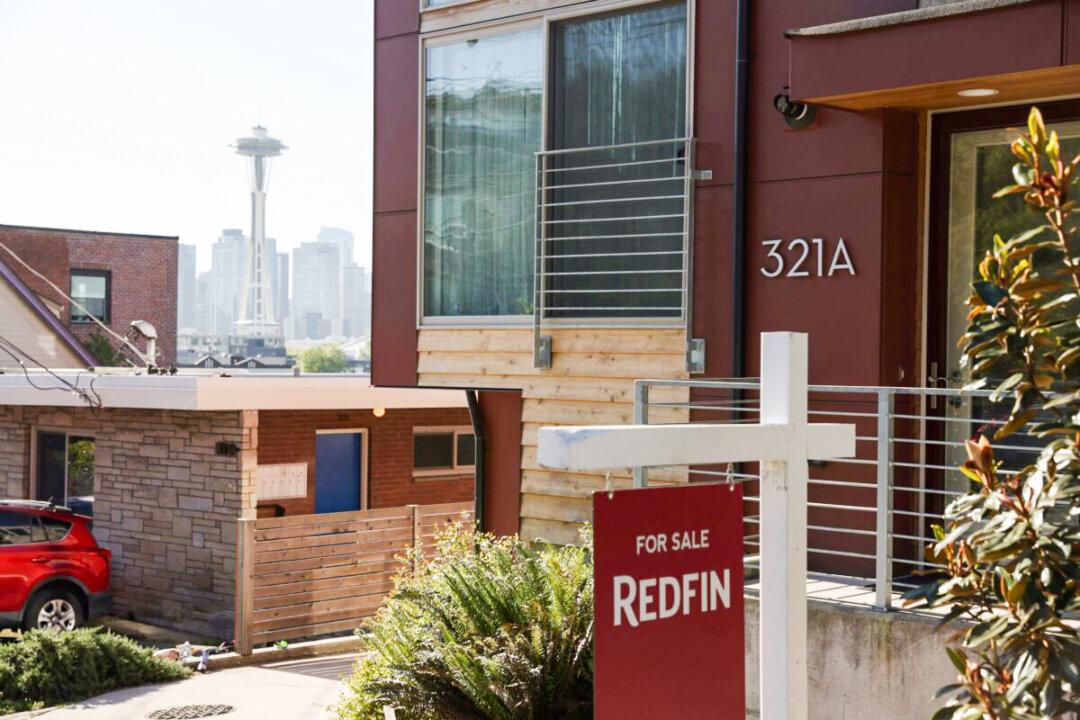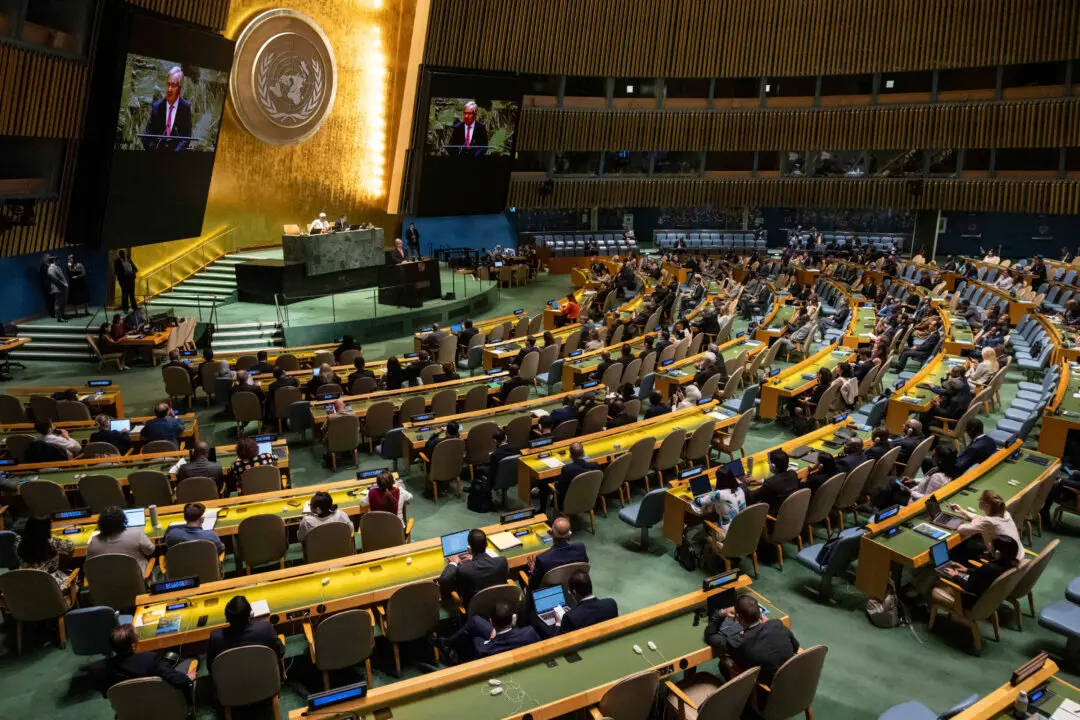A combination of a shortage in homes for sale and rising prices is turning home ownership into an unattainable dream for many Americans, according to a report by the National Association of Realtors (NAR).
Home prices have risen by almost 30 percent since 2019, making the typical house roughly $80,000 more expensive than prior to the COVID-19 pandemic, said the February report (pdf). During the same period, wages only rose by 12 percent.






